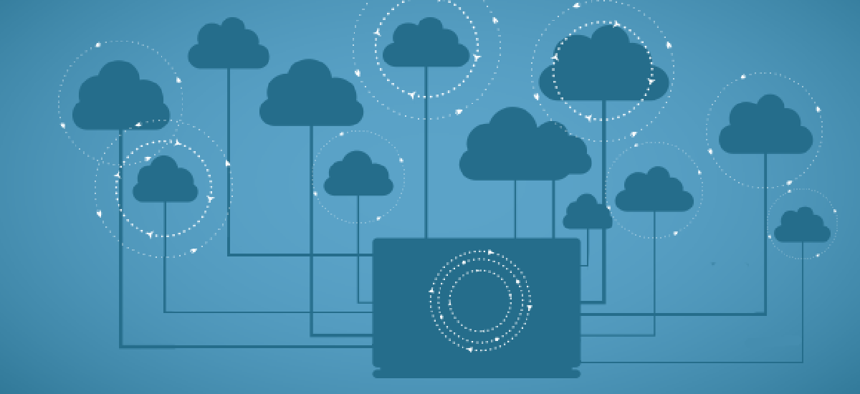Successfully migrating and monitoring apps in the cloud

Moving to the cloud might have less of an impact than you might imagine. Data will continue to be secure, applications will continue to perform in generally the same way and job security will not change.
With the federal government’s Cloud First Policy nearly four years old, most agencies already have a clear understanding of the promised values of cloud computing – one of the greatest advantages being agility and simplicity over operating and maintaining a data center.
That said, there is still plenty of uncertainty and concerns about moving to a cloud environment. How will you secure your data? How will your applications perform and how best to monitor them? Will a cloud environment make your job obsolete? Particularly for the technical team, stability is king; a change in a working environment has the potential to be anything from unpleasant to downright scary.
As a technologist myself, I understand and empathize. In reality, however, moving to the cloud can have less of an impact than one might imagine. Data will continue to be secure, applications will continue to perform in generally the same way and job security will not change. You don’t have to lose control.
Today’s environment
Let’s take a look at your current environment.
You’re encrypting your data, using performance monitoring tools, tracking resource usage and evolving requirements (memory, CPU, etc.), tracking service-level agreements (SLAs) and much more – all considered best practices.
The good news is that these practices also lay the foundation for a smooth cloud migration. The key is to understand the differences between application requirements and deployment practices.
For example, if you encrypt the data within your data center, there is a high probability you will be able to protect it in the cloud using a compliant process and algorithm. You just need to know what requirements you must meet, and learn how to do that in the cloud. So the more clarity you have on how your applications work today using proper monitoring tools, the easier – and more cost effective – your migration will be.
For example, understanding your application resource contentions will help you better provision cloud resources. You need to know not only how much memory and CPU your database has been using, but you also need a clear understanding of the source of bottlenecks for your application. This knowledge will ensure you don’t pay for more capacity than you need while still meeting your performance requirements.
A deeper knowledge of your applications and what exactly drives performance, in particular, will help accelerate your cloud-based application deployment.
Your cloud environment
Your cloud environment might actually look quite similar to your data center-hosted environment.
From a security perspective, there are many options for encrypting data in the cloud – both in transit and at rest. Some of them are as simple as checking a box. Cloud providers, because of their scale, often have better security than most organizations can achieve in their own environments. Remember, meeting strict federally mandated security requirements is a cloud provider's bread and butter. All cloud providers that are compliant with the Federal Risk and Authorization Management Program meet FISMA-moderate requirements; some go so far as to meet the high requirements for the Federal Information Security Management Act.
It is likely you will end up in a hybrid environment, at least for some time, so you should find a set of monitoring tools that allow you to monitor applications both in the cloud and in your own data center. The key metrics you already track – application performance, memory usage, CPU utilization – should continue to be tracked in the cloud.
Look for tools that allow you to see both sides – in-house applications and cloud-based applications – through a single pane of glass, providing complete visibility across the entire environment, regardless of location. These types of tools provide stability throughout the transition and ease migration. In fact, understanding the capabilities of the platform, and how capacity is affected, may help enhance efficiency and provide an easier route to automation.
As for job security, remember that most of the work you do today will continue even as applications move to the cloud. You will still be responsible for application performance optimization, for example, but the applications will simply be in a different location.
Your job may evolve into something more strategic as you spend less time on hardware provisioning and repetitive tasks that are automated in the cloud, while the performance and metrics you’ll be tracking relate directly to potential cost savings for your agency. Tuning, enhancing efficiency, optimizing resources (cost) and evaluating current practices may also become a larger part of many federal IT jobs.
Focus on data security and optimizing performance, and continue to track resource usage, evolving requirements and SLAs. And remember, the more rigorously you monitor and manage your applications today, the easier – and more cost effective – your migration will be.





